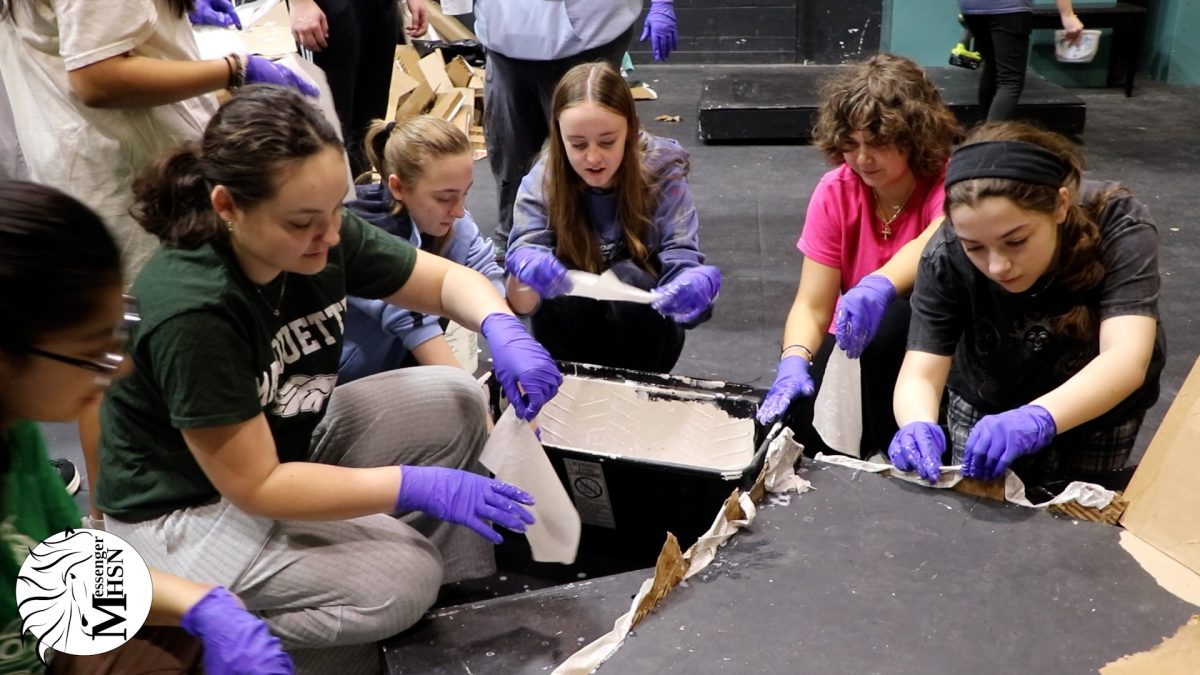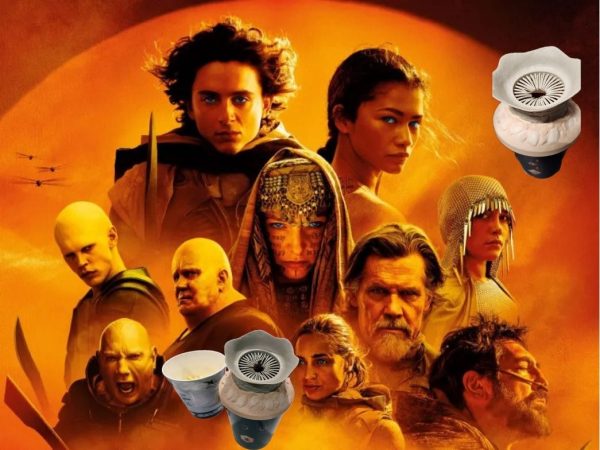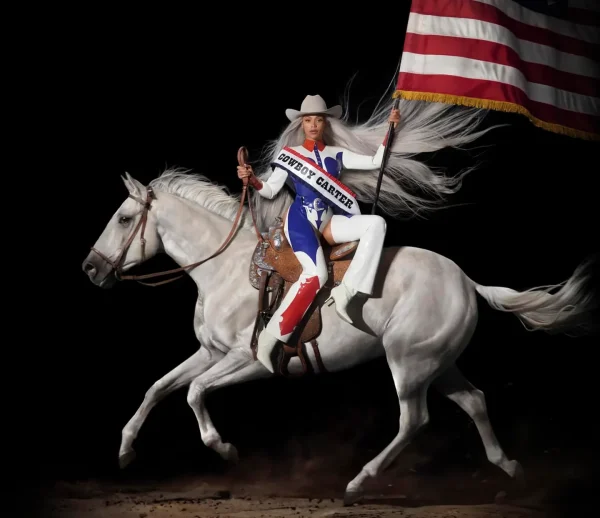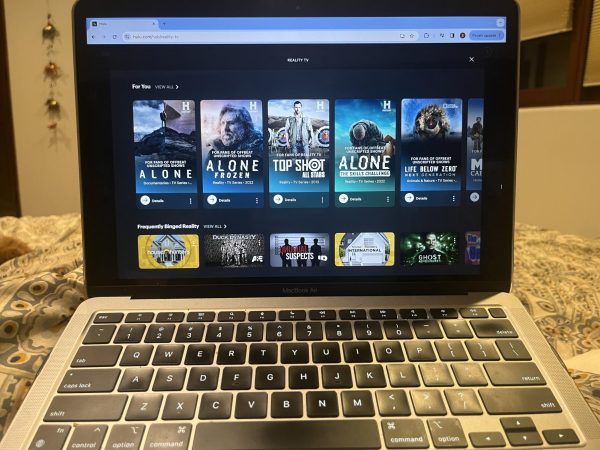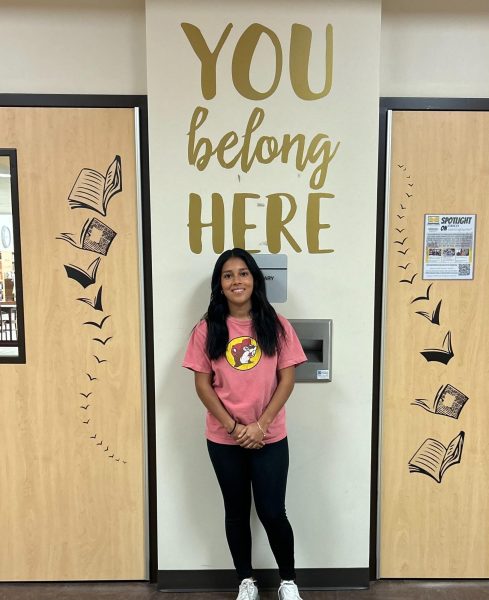“The Trial of the Chicago 7”: Why the Whole World Should Be Watching
October 21, 2020
“The Trial of the Chicago 7” — a Netflix film written and directed by Academy Award Winner Aaron Sorkin — was released on Oct. 16, 2020, and stars Eddie Redmayne as Tom Hayden, Alex Sharp as Rennie Davis, Sacha Baron Cohen as Abbie Hoffman, Jeremy Strong as Jerry Rubin, John Carroll Lynch as David Dellinger, Danny Flaherty as John Froines, Noah Robbins as Lee Weiner, and Yahya Abdul-Mateen II as Bobby Seale.
Elizabeth McCree (’22) is planning to watch the movie soon. She said, “It seems intriguing to me to see what it’s about eventually and watch it.”
The film is based on the true story of eight people [Hayden, Davis, Hoffman, Rubin, Dellinger, Froines, Weiner, and Seale] standing trial in federal court after being accused of violating the Rap Brown law, by President Richard Nixon’s Justice Department, at the 1968 Democratic Convention in Chicago, Illinois, in protest of the Vietnam War. The law deems crossing state lines or using interstate commerce to start riots as illegal.
History Teacher Lori Kearney has also encouraged her homeroom and Advanced Placement United States History classes to watch it as well because of its both cultural and historical significance.
“I loved it. It’s everything that I love about American history. It’s got a little conspiracy to it, and I think it shows how sometimes people’s civil liberties can be encroached on by a higher power, that your civil liberties are not absolute. I think it really shows how the justice system fails people and how Vietnam was so controversial. My biological father fought in Vietnam, so it’s a very touchy subject for us. He died when I was very young, and there is some belief that the reason he developed the illness that he developed was as a result of Vietnam, so when I watch these things, it’s very disheartening to me to see how there were so many people who were trying to stop this war. The other thing is that you have to think about the fact that Vietnam was a social war; the poor are the ones that went. A lot of times, the poor are the people who don’t have a voice in society,” said Kearney.
In the summer of 1968, Chicago Mayor Richard J. Daley refused to grant permits to demonstrators in Chicago; nevertheless, organizers planned for peaceful protests and rock concerts and had 10,000 people in attendance. However, they were met by Daley’s 12,000 person police force, 5,600 person Illinois National Guard, and 5,000 U.S. Army soldiers with tear-gas and batons in-hand. As a result, it turned bloody, and over 700 people were arrested.
If our blood is gonna flow, let it flow all over the city.
— The Trial of the Chiacgo 7
Initially, eight people were co-defendants in the trial, but Seale — Co-Founder of the Black Panther Party — was only in Chicago for four hours, participating as a speaker, and therefore did not organize the anti-Vietnam War demonstration. He interrupted Judge Julius Jennings Hoffman (not related to the defendant) on multiple occasions as a result, asking “to represent himself” and have a separate trial. Only after being “gagged and chained to his chair” was he granted what he asked on the basis of racial discrimination and being falsely accused. Subsequently, there were seven co-defendants left.
Kearney said, “Abbie Hoffman and Jerry Rubin were both very outspoken, but the judge never did it [what he did to Seale] to them, and they totally mocked the judge. But the only African American in the courtroom was the one that was gagged and bound. That just tells you leaps and bounds about this country.”
Although standing in the same trial for fighting for the same overall cause, these seven individuals were far from uniform. Hayden co-founded and Davis was the national director for Students for a Democartic Society; Rubin and Hoffman co-founded the Youth International Party (Yippies); Dellenger was an organizer for the National Mobilization Committee to End the War in Vietnam; and Professors Froines and Weiner were only slightly involved in organizing the demonstrations but served as an example to other academias of what could become of those who chose to involve themselves in this cause. As a result, Froines and Weiner were the only two acquitted completely.
The trail began on Sep. 24, 1969, and ended in February 1970 and was nothing short of captivating. Although the movie “takes some dramatic licenses,” as the Smithsonian describes, such as how Sorkin portrays the relationship between Hoffman and Hayden, what occurred in the courtroom mirrored real-life events. For example, Hoffman repeatedly blew kisses at the jury and called Judge Hoffman “Julius.” Also, Rubin and Hoffman appeared in court one day wearing judge robes ,which at Judge Hoffman’s instructions were removed, revealing police uniforms underneath.
In the end, Judge Hoffman issued 175 accounts of contempt towards the defendants and attorneys, according to History.com, but all defendants were acquitted for conspiracy on Feb. 18, 1970 , but each were sentenced five years and fined $5,000 for crossing state lines to incite riots. Yet, the United States Court of Appeal for the Seventh Circuit on Nov. 21, 1972, overturned the decision because Judge Hoffman displayed bias as he refused for the jurors to be screened for racial and cultural biases, and the FBI also “bugged the defense lawyers’ offices. The Justice Department decided against retrying the case,” according to Town and Country. Some of the contempt charges were upheld against Dellinger, Rubin, Hoffman, and Kunstler, but none were sentenced or fined.
watched the trail of the chicago 7 and it’s insanely frustrating how timely this is 50 years later
— san. (@serendipi1y) October 18, 2020
Although this trial took place 51 years ago, it is an almost exact parallel to the U.S. today — a society divided where bias and injustice are all too prevalent issues which have resulted in riots, protests, and police brutality.
Cassie Hiatt (’22) said, “I really do like historical movies because we get to see a different time and how that helped us get to where we are now. We also see a lot of people still protesting for change, especially now with the Black Lives Matter movement taking such a big like stance, so I think it’s really interesting to the similarities between then and now.”
Their Anti-Vietnam War Movement is our Black Lives Matter movement. Seale, while being gagged and chained in the courtroom, represents a larger thematic motif: the forced suppression of people’s voices. This is exactly what Nixon aimed to do, as the Smithsonian reports; the federal government wanted to punish leftists and anti-war demonstrators, and as Hoffman repeatedly states in the movie, at its core, this was a political trial. It is important to note that President Lyndon B. Johnson’s Attorney General Ramsey Clark, according to History.com, “refused to prosecute the case.”
The Chicago Seven marked “the first people tried under the first federal anti-riot law” and accurately represents the negative portrayal of protestors by the government seen then and today, as a result of challenging the system, and also the lack of repercussions for law enforcement. Although Sorkin ends the film with an event that occurred in October of the real trial in honor of Vietnam Moratorium Day and was slightly embellished, nevertheless, it leaves audiences with an important message. Judge Hoffman allows Hayden to make a brief statement, warning him to stray from politics, and if he does this, he will look favorably upon his sentence. Yet, Hayden picks up his notepad and begins to read the names of all the Vietnam soldiers who have died since the trail began. Even when faced with the possibility of a lower sentence than his co-defendants, he used his voice — his First Amendment right — for a higher purpose. And we are all called to do the same because — the whole world could be watching.
This story was originally published on Achona Online on October 20, 2020.



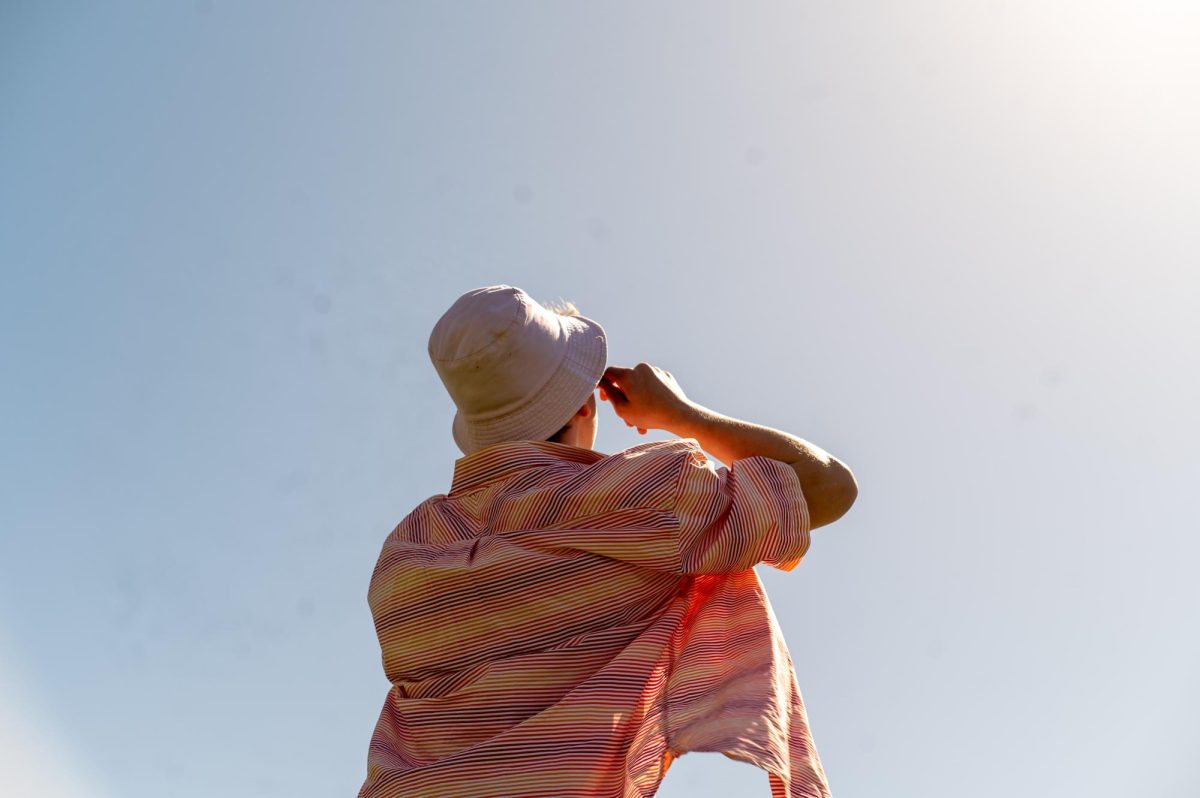
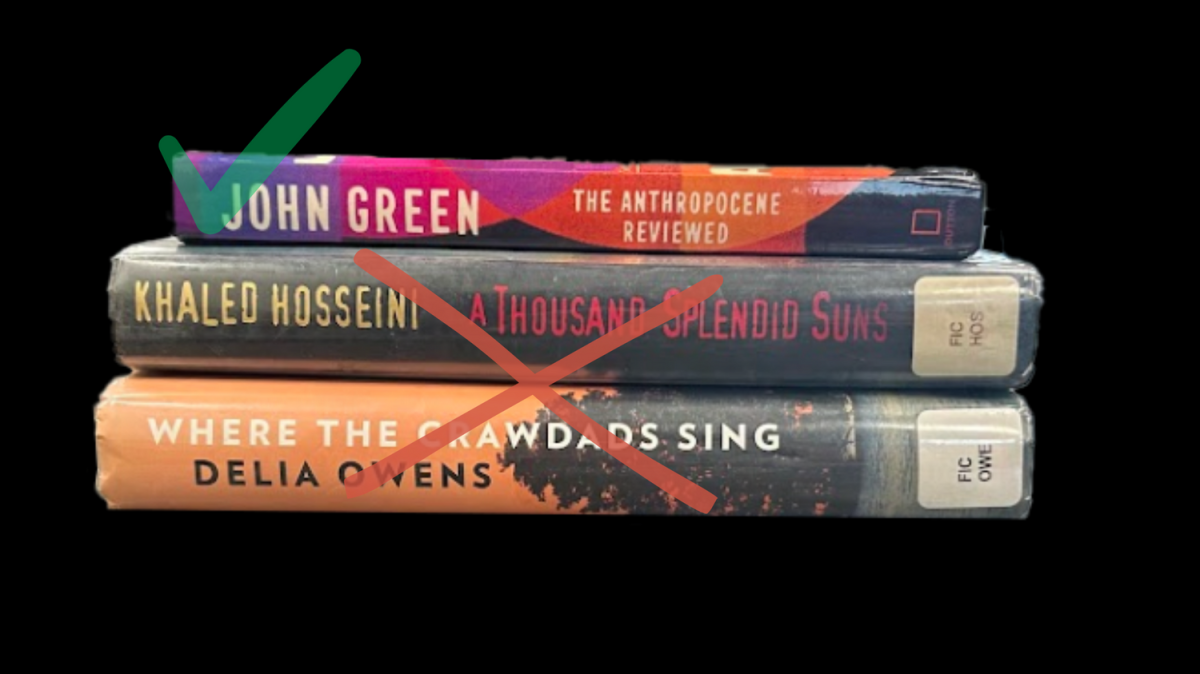






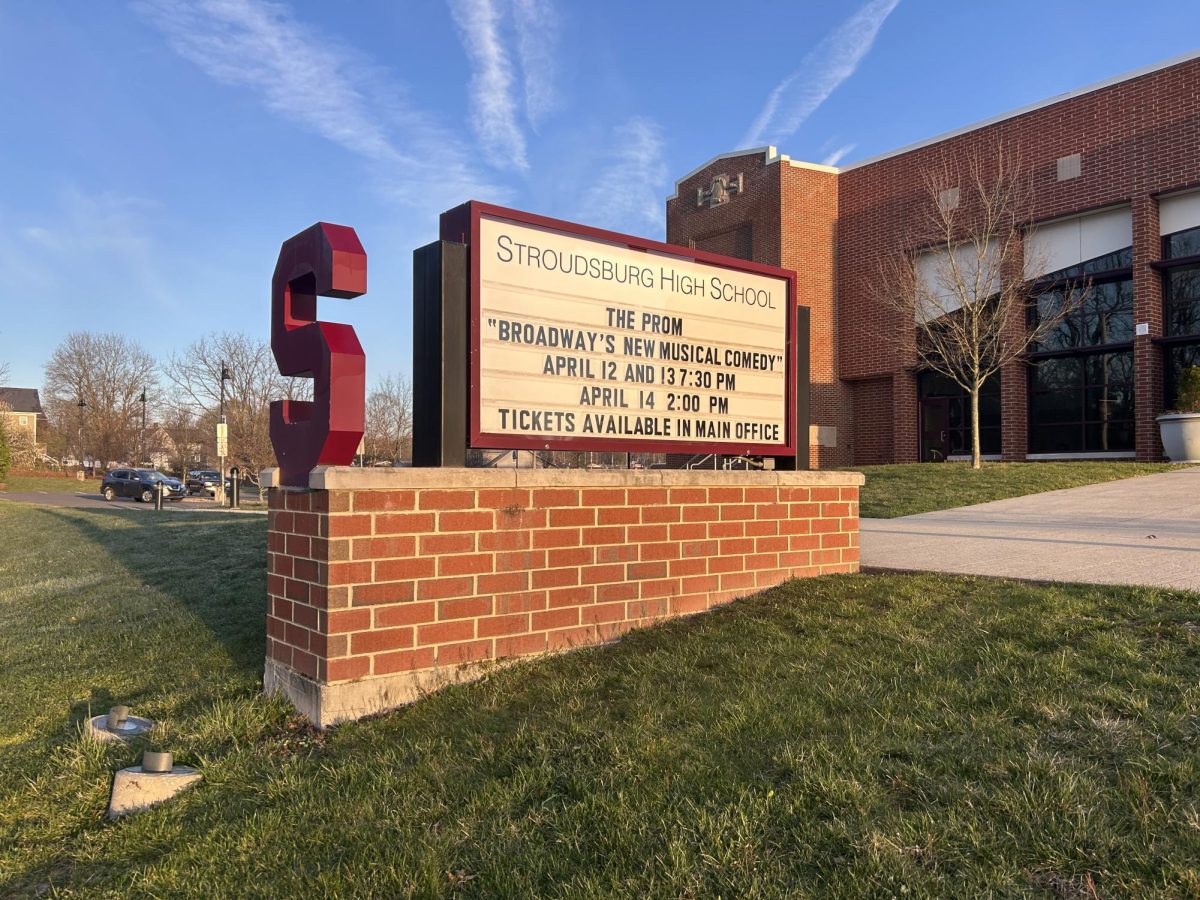
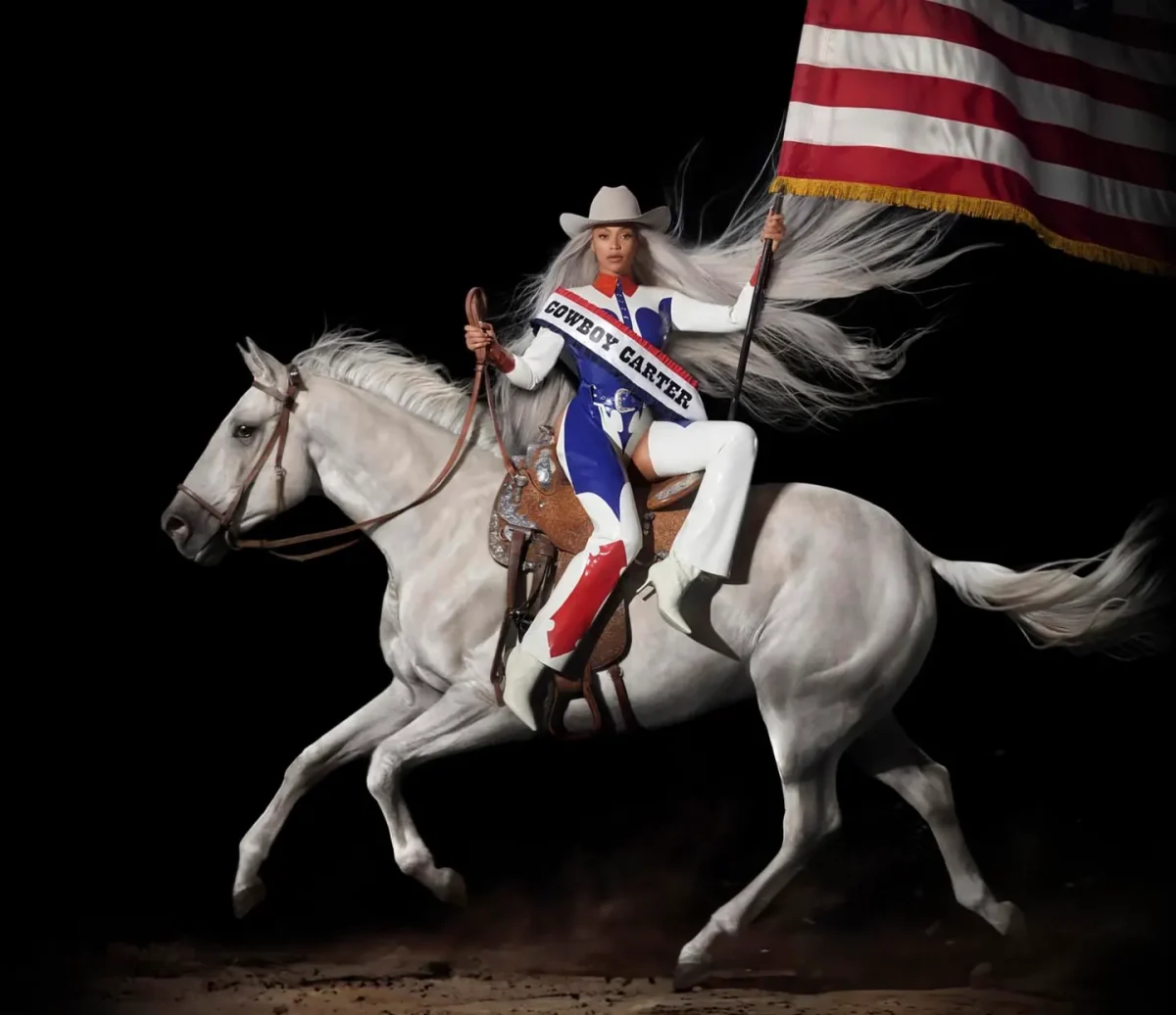















![IN THE SPOTLIGHT: Junior Zalie Mann performs “I Love to Cry at Weddings,” an ensemble piece from the fall musical Sweet Charity, to prospective students during the Fine Arts Showcase on Wednesday, Nov. 8. The showcase is a compilation of performances and demonstrations from each fine arts strand offered at McCallum. This show is put on so that prospective students can see if they are interested in joining an academy or major.
Sweet Charity originally ran the weekends of Sept. 28 and Oct. 8, but made a comeback for the Fine Arts Showcase.
“[Being at the front in the spotlight] is my favorite part of the whole dance, so I was super happy to be on stage performing and smiling at the audience,” Mann said.
Mann performed in both the musical theatre performance and dance excerpt “Ethereal,” a contemporary piece choreographed by the new dance director Terrance Carson, in the showcase. With also being a dance ambassador, Mann got to talk about what MAC dance is, her experience and answer any questions the aspiring arts majors and their parents may have.
Caption by Maya Tackett.](https://bestofsno.com/wp-content/uploads/2024/02/53321803427_47cd17fe70_o-1-1200x800.jpg)
![SPREADING THE JOY: Sophomore Chim Becker poses with sophomores Cozbi Sims and Lou Davidson while manning a table at the Hispanic Heritage treat day during lunch of Sept 28. Becker is a part of the students of color alliance, who put together the activity to raise money for their club.
“It [the stand] was really fun because McCallum has a lot of latino kids,” Becker said. “And I think it was nice that I could share the stuff that I usually just have at home with people who have never tried it before.”
Becker recognizes the importance of celebrating Hispanic heritage at Mac.
“I think its important to celebrate,” Becker said. “Because our culture is awesome and super cool, and everybody should be able to learn about other cultures of the world.”
Caption by JoJo Barnard.](https://bestofsno.com/wp-content/uploads/2024/01/53221601352_4127a81c41_o-1200x675.jpg)



